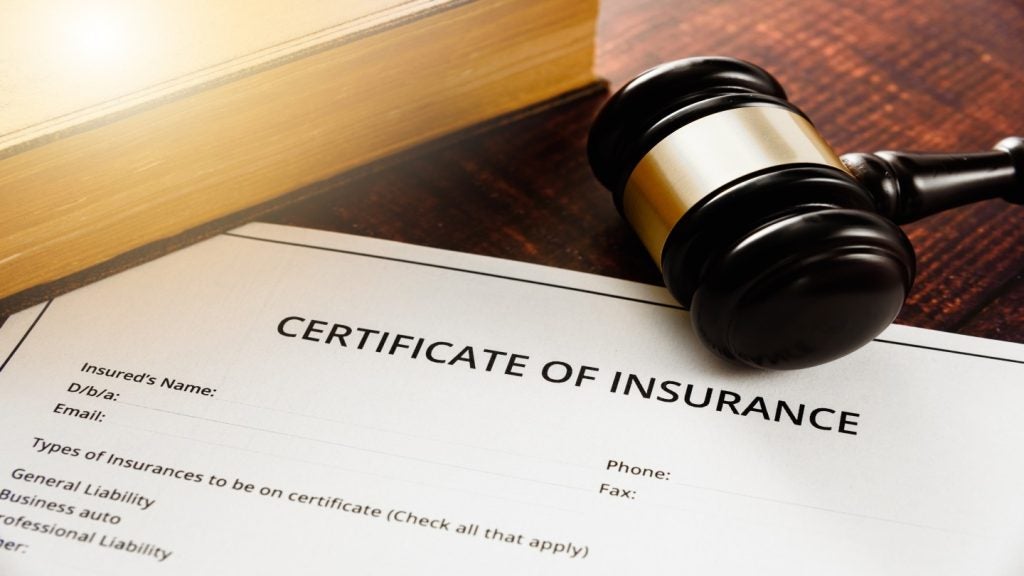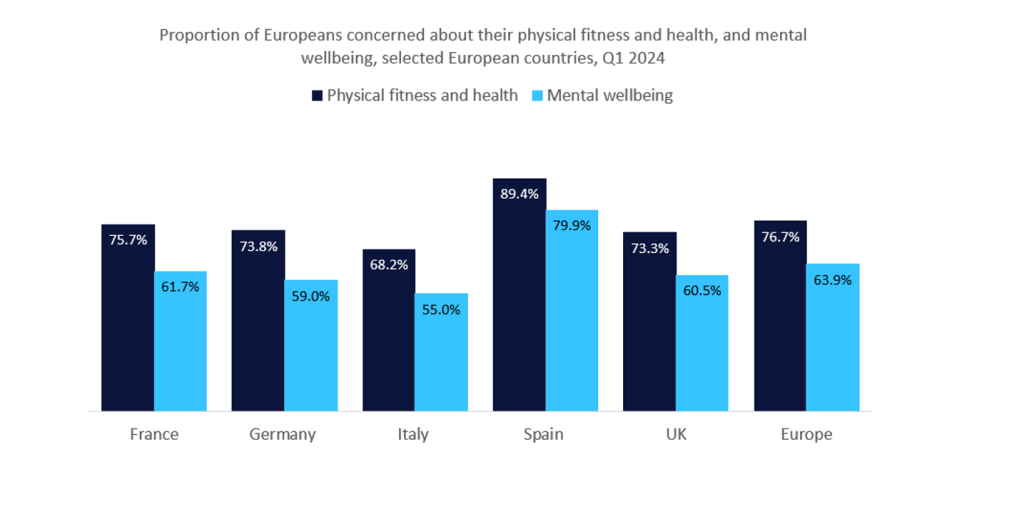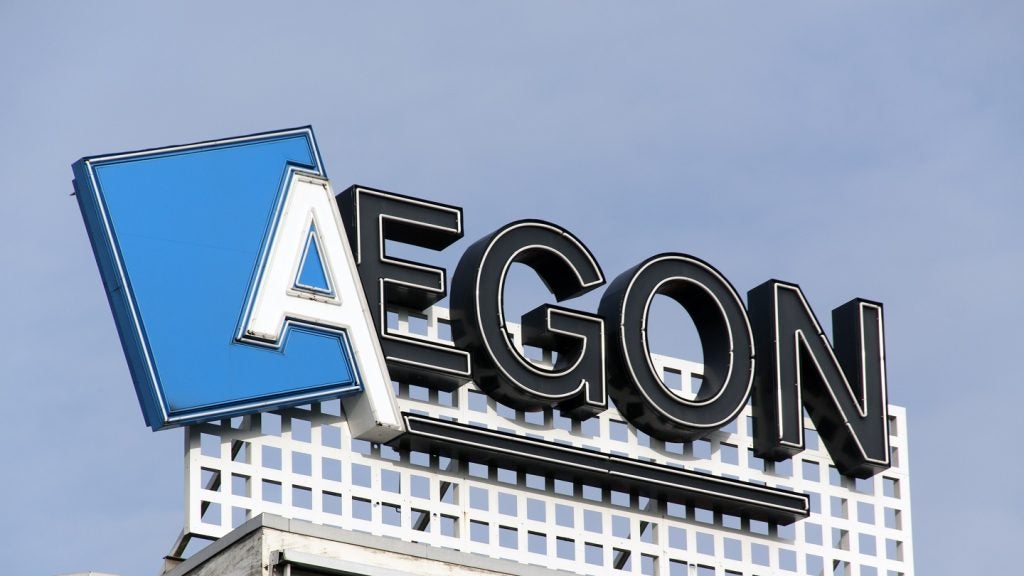Industry Attractiveness
Russia’s is the world’s 19th-largest insurance industry in terms of gross written premium. The industry experienced a healthy growth during the years preceding the global economic crisis of 2009, primarily due to the growing economy, rising incomes and the implementation of several laws on mandatory insurance by the Russian government.
The gross written premium of the industry increased at a CAGR of 11.3% from RUB949.9 billion (US$38.4 billion) in 2008 to RUB1.46 trillion (US$47.0 billion) in 2012. Unlike the countries of the EU or other BRIC countries, the overall share of life insurance premiums in Russia, which was 3.5% in 2012, is very low, as mandatory insurance such as health and third-party motor liability dominate the overall insurance premiums, leaving the market under-penetrated.
Regulatory changes brought about by the government played an important part in driving the insurance industry in Russia. Health insurance was made mandatory in early 1990s, and the Mandatory Motor Third-Party Liability Act (OSAGO) was introduced in 2003. In 2009, the government introduced a number of legislative reforms specific to various markets of the insurance industry. These included amendments to OSAGO, changes concerning liability insurance in the tourism and construction industries, and new regulations on mandatory health insurance.
During 2011 and 2012, there were significant changes in the insurance industry’s legal environment. The Russian Federation passed a bill regarding compulsory third-party liability insurance for hazardous facilities. Under this regulation it is mandatory for all non-state companies, government and municipal institutions having hazardous facilities to obtain cover. These regulatory changes are expected to play a pivotal role in driving the industry over coming years. New capital requirements for insurance and reinsurance companies were introduced in January 2012.
In August 2012, Russia became 156th member of the World Trade Organization (WTO). This accession will bring various regulatory changes to comply with WTO requirements. One such change is an increase in the FDI limit in the industry from 25% to 50%, which will drive the industry forward.
The industry is highly fragmented as more than 600 companies were operating in the country at end of 2011. Due to low entry barriers, many insurers emerged during the 1990s with the sole aim of tax evasion, and tax benefit schemes were the main market growth drivers during that period. Strict regulations, increased entry barriers and fluctuations in the overall economy led to a significant decrease in the number of insurance companies operating in Russia between 2008 and 2012.
During 2012, regulations that increased the minimum paid-up capital requirement led to the consolidation of the industry. More than 100 companies were forced to exit or be acquired by bigger companies through non-compliance. The top ten insurers accounted for nearly 72% of the overall market in 2012 and the industry is dominated by local industrial insurers such as Sogaz and Ingosstrakh. Despite foreign capital restrictions, foreign companies such as Allianz Group, AIG and Zurich have entered the Russian industry through alliances with local insurers. The increase in FDI cap will also widen the scope of development of the insurance industry in the country.
Property, motor, personal accident and life cover will have high growth potential over the next four years. Increasing credit levels will drive the growth of the automobile, property and residential markets. Motor insurance will grow in line with the automobile market and OSAGO. Growing property and residential markets will drive property insurance, whereas the low levels of penetration and large scope for expansion will develop personal accident and life cover.
Segment Outlook
Russia has one of the most underdeveloped life segments among the BRIC countries. The life segment contributed just 3.5% of the total written premiums generated by the insurance industry in 2012. The key inhibitors that led to the market’s low share included the country’s lack of tax benefits for life insurance products, the underdeveloped private pension system, and lack of trust in long-term insurance products. Most life insurance policies sold in the country are bought as a mandatory requirement for people taking out a bank loan.
The life segment witnessed healthy growth at a CAGR of 27.0% between 2008 and 2012. The written premium of life insurance increased from RUB19.4 billion (US$0.78 billion) in 2008 to RUB50.5 billion (US$1.63 billion) in 2012, despite the decline in 2009 due to the financial crisis. The total written premium of the life segment fell from RUB19.4 billion (US$0.78 billion) in 2008 to RUB16.4 billion (US$0.52 billion) in 2009 due to the impact of the global economic crisis. However, the life segment recovered and increased to RUB22.6 billion (US$0.74 billion) in 2010.
The global financial crisis had an adverse impact on the finances of life insurers. The decline in premium income and inadequate liquid asset-backed reserves forced several smaller life insurers into liquidation. In addition, some leading foreign insurance companies, such as ING, Aviva, Fortis and ACE, decided to exit the life segment. Another notable trend has been the significant decline in the life insurance premiums charged by insurers since the crisis, due to a pricing war and fierce competition among the leading life insurance companies.
How well do you really know your competitors?
Access the most comprehensive Company Profiles on the market, powered by GlobalData. Save hours of research. Gain competitive edge.

Thank you!
Your download email will arrive shortly
Not ready to buy yet? Download a free sample
We are confident about the unique quality of our Company Profiles. However, we want you to make the most beneficial decision for your business, so we offer a free sample that you can download by submitting the below form
By GlobalDataThe government has taken measures to encourage investments in pension and unit-linked saving products to promote long-term savings among the population. The most notable reform was to develop a pension system to overcome the economic problems of retired citizens. The reform proposed a voluntary privately-managed pension system, which will supplement an existing mandatory government-managed pension system, to ensure retirement income provision. The multifold increase in the minimum paid-up capital for life insurers from RUB60 million (US$1.9 million) to RUB240 million (US$7.8 million) will lead to consolidation in the industry.
Long-term life products such as corporate pension plans are expected to grow significantly until 2017. Several foreign life insurers have launched pension products to capitalize on this segment. The life segment will benefit from fresh capital inflows brought by a large number of foreign insurance companies entering the country, with many foreign companies expected to form joint ventures with their Russian counterparts. Demand for group life cover is also expected to increase over the coming years.
Distribution Channels
Russia’s life insurance distribution network includes brokers, agents, bancassurance, call centers, the internet, grocery stores, shopping malls and government agencies. Russia’s insurers utilize many alternative distribution channels to access potential customers from rural and semi-urban areas.
Agencies play a critical role in the development of the life segment, and the channel accounted for 35.3% of the total market commissions 2012. The number of policies sold through agencies increased from 209,013 in 2008 to 317,890 in 2012, at a CAGR of 11.1%. Sales through agencies are expected to continue their positive growth at a CAGR of 6.8% until 2017.
Direct marketing was the second-largest distribution channel in the segment, accounting for 28.1% of the total market commission in 2012. The number of policies sold through this channel grew at a CAGR of 12.7% from 2008 to 2012, from 156,475 in 2008 to 252,619 in 2012. The sale of new insurance policies through direct marketing is expected to increase at CAGR of 7.3% to reach 359,596 by 2017.
In most EU member states, the bancassurance channel plays a significant role in the growth of the insurance industry. In Europe, it is estimated that approximately 50% of insurance products are sold through local banks. However, in Russia this figure stood at 23.3% in 2012. This occurred despite the Russian government’s liberal regulations that allow banks to distribute insurance products. One of the reasons for this underdevelopment was that banks had to pay value-added tax (VAT) while distributing insurance products on the commission paid by insurers. Individual agents were exempted from VAT on the commission they earned, giving them an advantage over banks to distribute products.
Other key distribution channels in the life segment include brokers and e-commerce, which sold 74,000 and 37,000 policies respectively in 2012. Sales through brokers and the internet are projected to rise to reach 108,000 and 53,000 respectively in 2017.
The life segment will continue to record high distribution costs due to its fragmentation. Agencies are expected continue its leadership position with 35% market share in new business written premium. The market share of direct marketing is expected to remain at 27.8%, while bancassurance is expected to remain at 23.2% in terms of new business written premium.
Market Developments
Regulatory changes
Increase in paid-up capital: In 2012, the federal law increased the minimum paid-up capital for life and health insurers from RUB60 million (US$1.9 million) to RUB240 million (US$7.8 million), for non-life insurers from RUB30 million (US$1.0 million) to RUB120 million (US$3.9 million), and from RUB120 million (US$3.9 million) to RUB480 million (US$15.5 million) for reinsurance companies. These changes are expected to result in mergers and acquisitions and the purchase of smaller insurers by larger ones.
Investment requirement: The Ministry of Finance amended investment requirements for insurance reserves and local insurers’ capital. These amendments have been prepared in a draft and state that the companies can invest in the following investment avenues:
– 45% of the company’s reserves can be invested in fixed income
– 20% of the company’s reserves can be invested in equities
– 50% of the company’s reserves can be invested in deposits
– 50% of the company’s reserves can be entrusted to an asset management company
– 20% of the company’s reserves can be invested in securities mentioned in the Central Bank’s repo list and issued by international financial organizations or foreign issuers
February 2013: Aviva Plc, a UK-based insurance company, sold its Russian life and pensions business to Blagosostoyanie, one of the largest non-state pension funds in the country. This cash deal fetched Aviva a sum of EUR35 million (US$46 million). Aviva executed this deal to narrow the group’s focus to markets where the company already has a leadership position. The deal is pending approval from the regulator, the Federal Antimonopoly Service (FAS), and is expected to complete in 2013.
Aviva to sell Russian life and pensions operations for EUR35m
February 28, 2013
Aviva plc, a UK-based life insurer, has said that it will sell Aviva Russia to Blagosostoyanie, a non-state pension fund in Russia, for a consideration of EUR35m ($46.02m).
The life insurer said that the transaction will be in line with Aviva’s strategy to narrow the group’s focus to businesses and markets where Aviva has leadership positions.
Aviva CEO, Mark Wilson, said: “We are pleased to have agreed the sale of our life and pensions operations in Russia to Blagosostoyanie. This transaction builds on the progress we have made to narrow Aviva’s focus.”
Subject to the approval of the Federal Antimonopoly Service of the Russian Federation, the transaction is expected to complete in the first half of 2013.
Aviva is engaged in the provision of products and services, such as long-term insurance and savings, fund management and general insurance.







